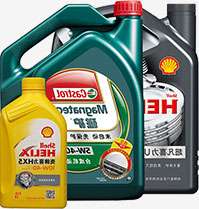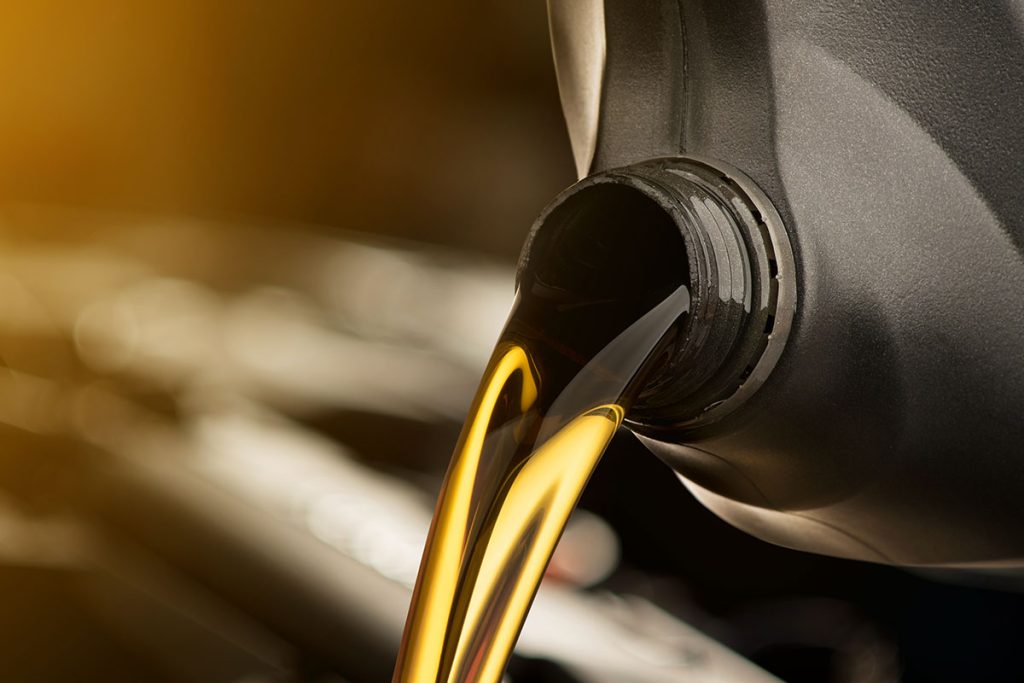Essential Tips for High-Mileage Engine Care.


Maintaining a high-mileage vehicle presents unique challenges, but with proper engine care particularly regular oil changes you can extend your car’s life and performance. This guide provides crucial insights for high-mileage engine maintenance, ensuring your vehicle runs smoothly and efficiently.
Understanding High-Mileage Engines
Defining High Mileage: Vehicles with over 75,000 miles are typically classified as high mileage. At this point, engine components may wear down, leading to leaks, deposits, and reduced performance. Proper maintenance is crucial to avoid costly repairs and prolong the vehicle’s lifespan.
The Importance of Regular Oil Changes
For high-mileage engines, regular oil changes are more than routine maintenance; they are vital for the engine’s longevity and health. Fresh oil lubricates and protects moving parts, cools engine components, and prevents damage from dirt and debris.
Choosing the Right Oil for High-Mileage Engines:
- High-Mileage Motor Oil: Specially formulated for older engines, it includes additives to reduce oil burn-off, emissions, and leaks by conditioning engine seals. These oils are typically more viscous, providing better coating for worn engine parts.
- Synthetic vs. Conventional Oil: Synthetic oil generally offers superior protection and performance, especially under high temperatures and severe driving conditions. It also helps prevent sludge build-up and cleans the engine more effectively.
How Often Should You Change Your Oil? While traditional advice suggests changing oil every 3,000 miles, many modern vehicles with synthetic oil can go 5,000 to 7,500 miles between changes. For high-mileage vehicles, shorter intervals might be beneficial. Always refer to your vehicle’s owner’s manual for specific recommendations.
Monitoring Oil Health
For high-mileage vehicles, it’s essential to monitor oil condition between changes. Look for signs of excessive darkening or particles in the oil, which can indicate contamination and the need for an earlier oil change.
Step-by-Step Guide to Changing Oil in High-Mileage Engines
- Preparing Your Vehicle:
- Ensure the vehicle is on a flat surface and the engine is cooled down.
- Gather necessary tools and materials: wrench, oil filter, new oil, funnel, and oil catch pan.
- Draining Old Oil:
- Place the oil catch pan under the oil drain plug.
- Remove the plug carefully and let the old oil drain completely. Be cautious, as the oil may still be warm.
- Replacing the Oil Filter:
- Replace the old oil filter with a new one.
- Apply a little new oil to the new filter’s gasket to ensure a good seal.
- Adding New Oil:
- Pour the new oil into the engine using a funnel, checking your owner’s manual for the correct amount.
- Checking Your Work:
- Replace the fill cap and wipe away any spills.
- Start the vehicle and let it run for a few minutes to check for leaks.
- Turn off the engine, wait a few minutes, then check the oil level with the dipstick and add more oil if necessary.
By following these steps and maintaining a regular oil change schedule, you can help ensure your high-mileage vehicle remains reliable and performs at its best

